Knowledge About Using an Electrocardiograph
 Mar 15,2025
Mar 15,2025

 Uryn
Uryn
In clinical work, the electrocardiograph is an obscure but crucial "detective", always paying attention to the subtle changes in the patient's heart electrical activity. Whether it is the moment of every second in the emergency room or the daily monitoring in the general ward, it can provide an objective and accurate report at the critical moment to help us understand the "secrets" of the heart. However, to maximize the effectiveness of this device, the user's professional skills and meticulous operation are essential.
The essence of the electrocardiogram is a graph that records the electrical activity of the heart. Those seemingly simple waveforms - P waves, QRS complexes, T waves, etc., are like a string of "codes" that can reveal the contraction and relaxation of the atria and ventricles. The role of the electrocardiograph is to accurately capture and amplify these weak electrical signals. Simply put, the process of operating the electrocardiograph is to let this "lie detector" clearly "hear" every electrical signal of the heart and present it accurately. But the problem is that the electrical activity of the heart is extremely weak and is easily interfered by the outside world. Electrode attachment is not firm, lead connection is wrong, patient muscle tremor, and even interference from surrounding electrical appliances can cause the ECG to be distorted and become a "scribbled" image. Therefore, the use of an ECG machine is far more than just "pressing a switch and printing a report". It requires a series of standardized operations and precise regulation.
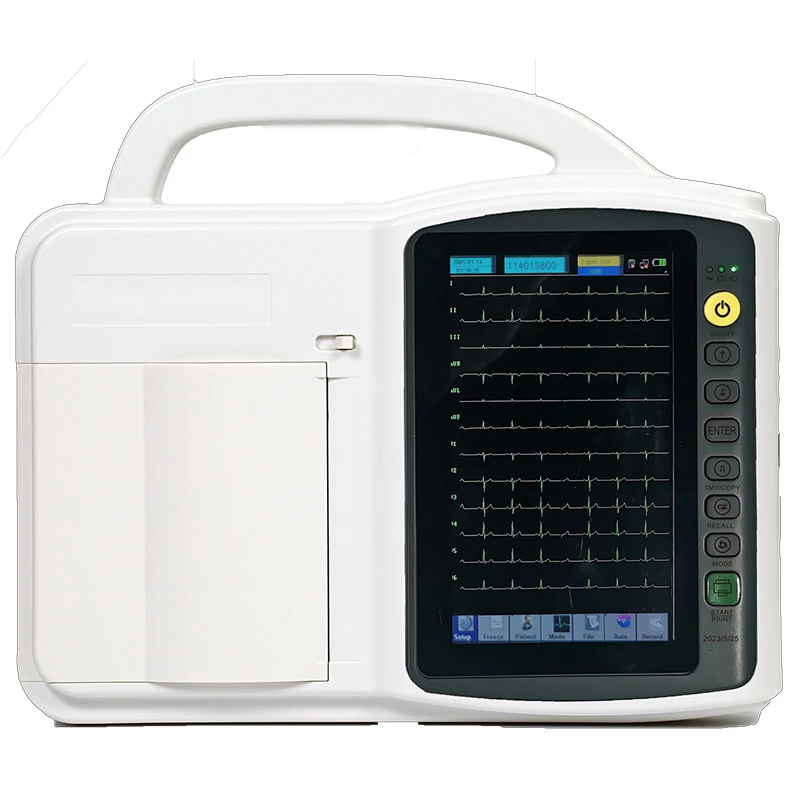
Electrode placement: precision is the key
The accuracy of the ECG depends largely on whether the electrode is placed correctly. If the electrode position is like a "random stave", the waveform will naturally be a mess. The standard 12-lead ECG has strict requirements for electrode position: the six electrodes on the chest (V1 to V6) need to be accurate to millimeters, and the electrodes of the limb leads need to be placed on the left and right wrists and ankles in turn. Some people may ask: Does a slight deviation in the electrode position have such a big impact? The answer is yes. Incorrect electrode position may cause certain areas of myocardial damage to be covered up, thereby delaying diagnosis. Therefore, precise electrode placement is the basis of ECG operation.
Interference elimination: restore the real signal
If the patient shivers or the nurse accidentally touches the bed, the ECG may show abnormal jitters. At this time, we need to determine whether this is a real abnormal heart rhythm or a "false image" caused by external interference. Common interference factors include patient electromyographic interference, poor electrode contact, power frequency interference (50Hz current interference), etc. Experienced nursing staff can not only quickly identify the problem, but also find the source of interference, such as adjusting the patient's posture, reinforcing the electrode patch, or re-adjusting the lead wire position. Only by eliminating interference can the authenticity and reliability of the ECG be ensured.
Clinical alertness: capturing key information
The ECG examination may seem static, but the patient's heart will not wait. For example, the ECG of a patient with sudden chest pain shows ST segment elevation, which may be a sign of acute myocardial infarction. At this time, we cannot be satisfied with just one examination, but should immediately report to the doctor and start the emergency process. The ECG machine is not only a recording tool, but also a trigger for clinical judgment. It can help medical staff make decisions quickly at critical moments and save lives.
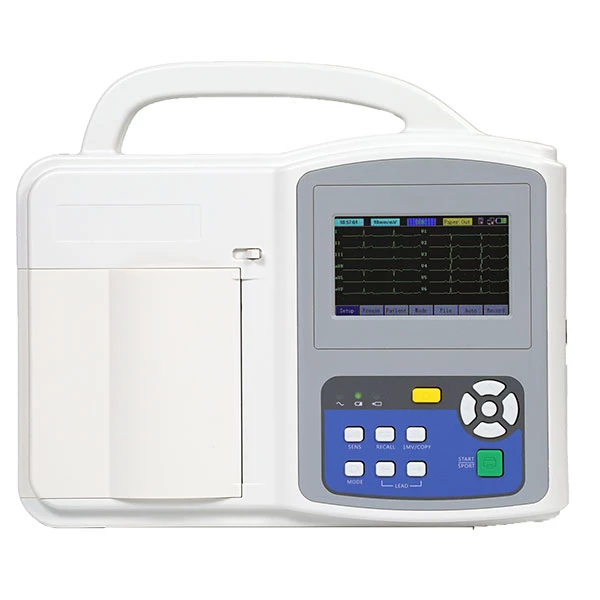
Daily maintenance: ensure that the equipment is always ready
The daily maintenance of the ECG machine should not be ignored. No matter how accurate the equipment is, it cannot withstand rough use. Although the details such as regular replacement of electrodes, checking lead wires, and cleaning contact points seem trivial, it is these details that ensure that the ECG machine is in the best condition at any time and can be used normally at critical moments. Behind the ECG machine is the professionalism and clinical acumen of the nursing staff. They are like a keen detective who can capture the imperceptible abnormal fluctuations in an "ordinary report" and discover the potential risks of the patient.
Summary: The "three elements" of ECG operation
It is not easy to do a good ECG. It requires the operator to have solid technology, clear thinking, and quick response ability. Every operation is about the protection of a life. Therefore, we must not only master the operating skills of the ECG machine, but also learn to "read" the meaning behind the ECG. Although the ECG machine is a tool, it carries the professionalism and awe of life of the nursing staff.

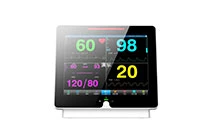

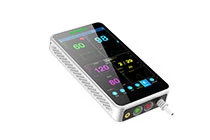
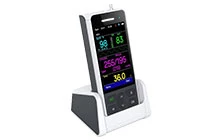
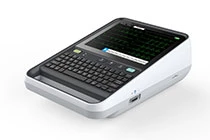
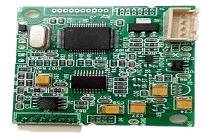




 Home
Home RN PET5 is a portable pet multi-parameter monitoring tool
RN PET5 is a portable pet multi-parameter monitoring tool  You May Also Like
You May Also Like

 Tel
Tel
 Email
Email
 Address
Address












